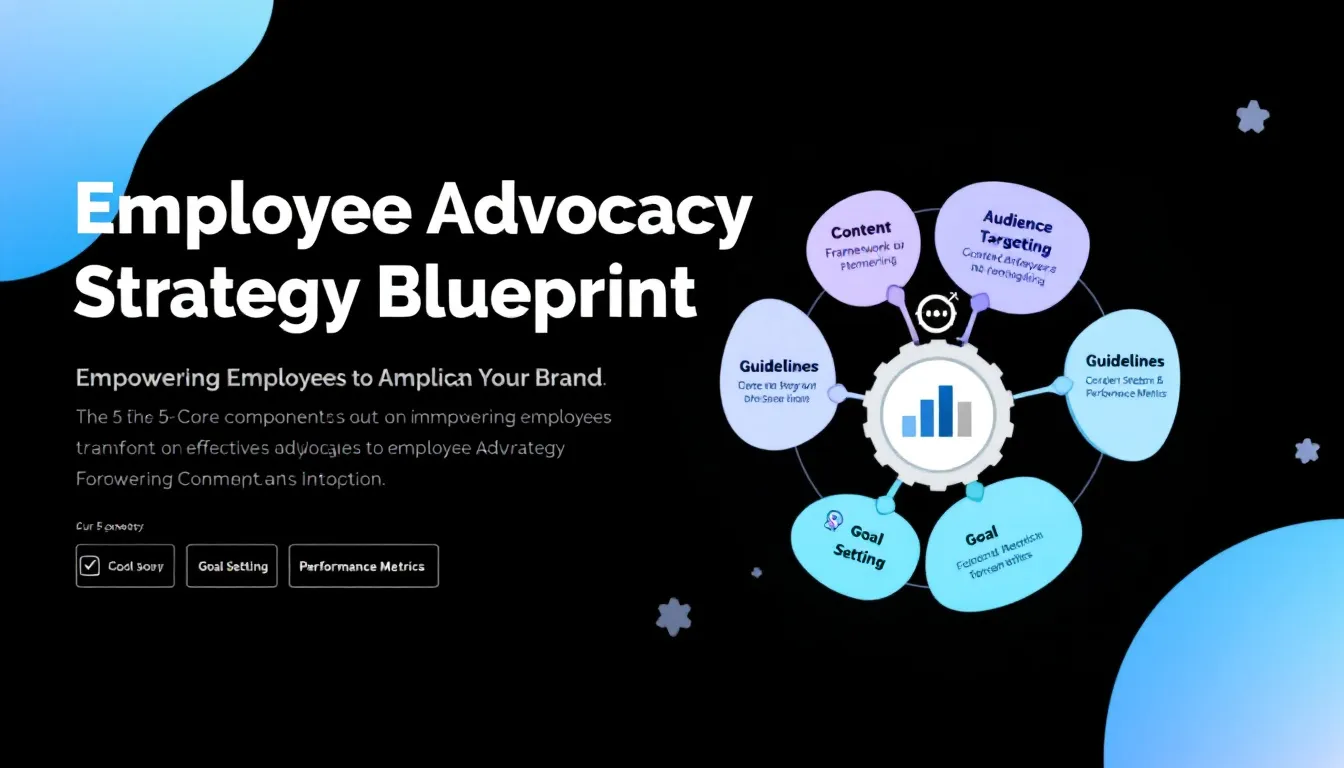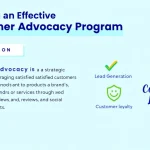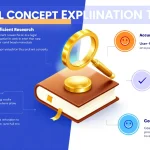Generating strategy...
Is this tool helpful?
How to Use the Social Media Employee Advocacy Strategy Generator
To create an effective employee advocacy strategy using this tool, follow these steps:
- Company Name: Enter your organization’s name (e.g., “TechForward Solutions” or “GreenLeaf Sustainability”)
- Content Type: Specify the content categories employees will share (e.g., “Thought leadership articles, company culture highlights, industry research findings”)
- Target Audience: Define your intended audience and preferred platforms (e.g., “Tech professionals on LinkedIn and Twitter” or “Sustainability enthusiasts on Instagram”)
- Guidelines: Input any specific content sharing rules or brand guidelines
- Program Goals: Outline your advocacy program objectives
Understanding Employee Advocacy Strategy Generation
Employee advocacy is a strategic approach that transforms employees into brand ambassadors through social media. This tool streamlines the process of creating a comprehensive strategy that aligns with your organizational goals while empowering employees to share authentic content with their professional networks.
Core Components of the Strategy Generator
- Content Framework Development
- Audience Targeting Optimization
- Guidelines Implementation
- Goal Setting and Alignment
- Performance Metrics Integration
Benefits of Using the Employee Advocacy Strategy Generator
1. Strategic Alignment
The tool ensures your advocacy program aligns with broader organizational objectives by:
- Creating consistent messaging across employee networks
- Maintaining brand voice uniformity
- Coordinating content distribution efforts
2. Enhanced Reach and Engagement
Employee advocacy strategies generated by this tool help achieve:
- Expanded social media reach through employee networks
- Higher engagement rates compared to corporate accounts
- Authentic brand storytelling through employee perspectives
3. Time and Resource Optimization
- Reduced planning time through automated strategy generation
- Standardized approach to content sharing
- Efficient resource allocation
Addressing Business Needs Through Employee Advocacy
The strategy generator addresses key business challenges by providing:
Brand Awareness Solutions
- Increased social media visibility
- Enhanced brand credibility through employee voices
- Expanded reach in target markets
Lead Generation Support
- Targeted content distribution to potential customers
- Professional network leverage
- Authentic relationship building
Practical Applications and Use Cases
Example 1: Technology Company
Company: InnovaTech Solutions
- Content Type: Technical blog posts, product updates, industry insights
- Target Audience: IT professionals on LinkedIn
- Goals: Establish thought leadership, drive product adoption
Example 2: Professional Services Firm
Company: Global Consulting Partners
- Content Type: Market analysis, case studies, team achievements
- Target Audience: Business executives on LinkedIn and Twitter
- Goals: Lead generation, talent attraction
Implementation Strategies
Content Calendar Integration
Organize advocacy content sharing through:
- Weekly content themes
- Scheduled sharing windows
- Content type rotation
Employee Engagement Tactics
- Recognition programs for active advocates
- Content sharing leaderboards
- Regular training sessions
Measuring Success
Key Performance Indicators
- Employee participation rate
- Content reach and engagement
- Lead generation attribution
- Brand sentiment metrics
Frequently Asked Questions
What makes an effective employee advocacy program?
An effective program combines clear guidelines, engaging content, and consistent employee participation while maintaining authenticity in social sharing.
How often should employees share content?
The optimal sharing frequency varies by industry and platform but typically ranges from 2-3 times per week for professional content.
Can employee advocacy work for small businesses?
Yes, small businesses often see significant impact from employee advocacy due to the authentic, personal nature of their employee networks.
What types of content perform best in employee advocacy?
Industry insights, company culture posts, and thought leadership content typically generate the highest engagement through employee sharing.
How can we encourage employee participation?
Implement gamification elements, provide clear benefits, and make content sharing simple and convenient through scheduled content suggestions.
What platforms work best for employee advocacy?
LinkedIn is typically most effective for B2B companies, while a mix of LinkedIn, Twitter, and Instagram works well for B2C organizations.
Best Practices for Strategy Implementation
Content Quality Guidelines
- Focus on value-adding content
- Maintain professional tone
- Include relevant hashtags
- Optimize post timing
Employee Support Framework
- Provide content suggestions
- Offer sharing templates
- Regular program updates
- Feedback collection system
Strategy Optimization Tips
Content Performance Analysis
- Track engagement metrics
- Identify top-performing content
- Adjust strategy based on data
Program Evolution
- Regular strategy reviews
- Employee feedback integration
- Content mix optimization
- Platform effectiveness assessment
Important Disclaimer
The calculations, results, and content provided by our tools are not guaranteed to be accurate, complete, or reliable. Users are responsible for verifying and interpreting the results. Our content and tools may contain errors, biases, or inconsistencies. We reserve the right to save inputs and outputs from our tools for the purposes of error debugging, bias identification, and performance improvement. External companies providing AI models used in our tools may also save and process data in accordance with their own policies. By using our tools, you consent to this data collection and processing. We reserve the right to limit the usage of our tools based on current usability factors. By using our tools, you acknowledge that you have read, understood, and agreed to this disclaimer. You accept the inherent risks and limitations associated with the use of our tools and services.







